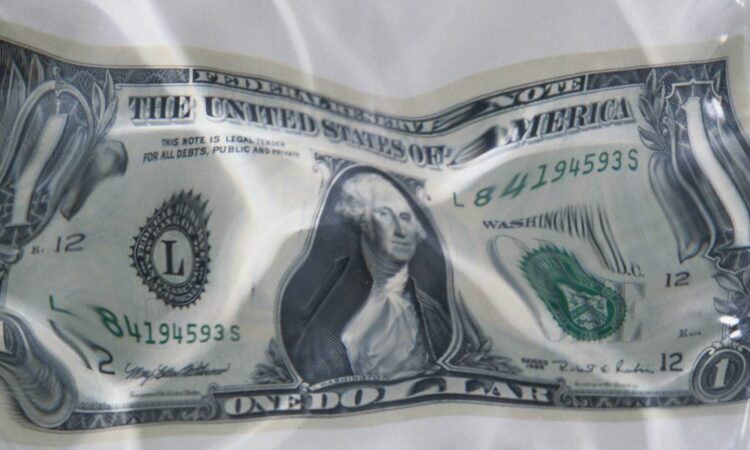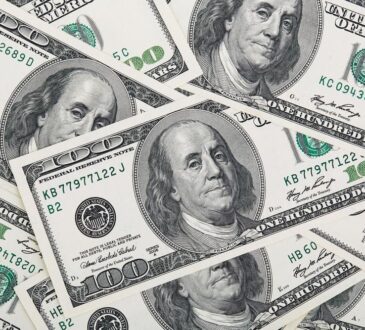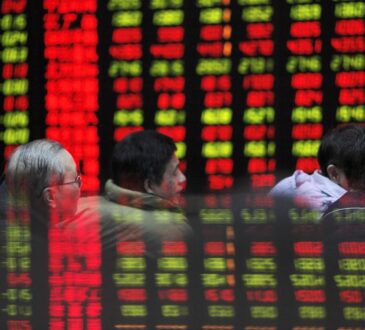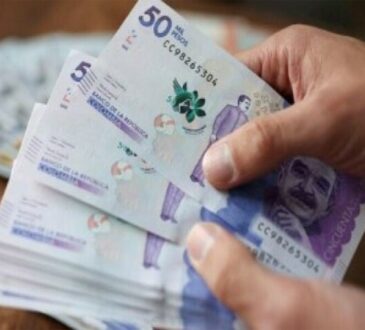
The world’s currency regime is shifting, but the greenback will still rule for a while.
The subject of moving away from king dollar has come under intense discussion in recent years, after Russia’s invasion of Ukraine triggered sweeping sanctions to lock Moscow out of the US dollar-based global financial system.
This week, Swiss bank UBS joined analysts pushing back on the de-dollarization narrative, saying a US dollar-centric world will persist “for years to come.”
However, several currencies and commodities — particularly gold — will play “critical roles” in the shifting world currency regime, Alejo Czerwonko, UBS’ CIO of emerging markets in the Americas, wrote in a Monday note.
The US dollar’s strong dominance is mainly because it’s very entrenched in the global financial system and extremely liquid.
“It also offers deep derivatives markets — forwards, swaps, options, etc. — giving market participants the ability to hedge exposure efficiently,” UBS’ Czerwonko added.
There are no close competing currencies to the dollar.
The greenback is used in about 50% of all global payments and 84% of trade finance contracts — far outpacing its closest competitor, the euro, which accounts for 23% of all global payments and just 6% of trade finance, according to SWIFT data.
The US currency still accounts for the lion’s share of global foreign exchange reserves — 60% of the FX holdings of central banks, according to International Monetary Fund data.
In comparison, the Chinese yuan accounts for less than 5% of global payments and trade finance, separately. It also accounts for just 2.3% of global reserves.
Even though currency competitors are lagging behind the greenback, this doesn’t mean the dollar has no other competitors.
UBS and a separate Bloomberg Intelligence report released on Wednesday flagged gold as a standout among competitors chipping away at the dollar. The spot gold price is now trading at record highs around $2,500 an ounce thanks to strong demand.
The amount of gold holdings in global reserves has doubled in just over five years, according to Bloomberg Intelligence analysis.
“As the yellow metal carries no credit or counter-party risk, some deem it as being better insulated from financial sanctions, particularly those from the emerging world,” wrote UBS’ Czerwonko.
US political concerns influence the dollar, but there are issues for competing currencies
Even though the dollar is unlikely to be dethroned anytime soon, there are fears about political risks in the US as election season begins.
While the “US political atmosphere” and large fiscal deficit are experiencing serious issues that investors are concerned about, UBS’ Czerwonko thinks they aren’t enough to topple the dollar from its perch as the world’s reserve currency now.
“The situation in competing jurisdictions is also dire; in the land of the blind, the one-eyed man can remain king,” wrote Czerwonko.
After all, the US still ranks highly for market openness, regulatory quality and efficiency, and the rule of law. The AI technology revolution is also centered in the US, “cementing the country’s reputation for innovation and acting like a magnet for foreign capital,” he added.
Nonetheless, foreign investors are watching the US electoral race “with angst,” Czerwonko wrote.
He also issued this warning: “Although shifts in the global currency order typically take place at a glacial pace, rising geopolitical tensions can trigger quicker adjustments.”
Similarly, Bloomberg Intelligence said said a Wednesday report that a potential second Trump term could hasten a global currency regime change.
“Any title toward isolationism in a Trump second term, such as altered US attitudes toward its role in NATO and international affairs would spur de-dollarization,” wrote Bloomberg Intelligence analysts.
The Chinese yuan is already the “confirmed rival to the dollar in emerging markets,” per Bloomberg Intelligence. Other rivals include the Indian rupee and alternative initiatives from groupings like BRICS.
Any major changes are likely to be slow and far into the future.
“Global currency regimes are sticky,” wrote Czerwonko. “Even as great economic powers rise and fall, their currencies’ reserve status tends to survive well past the peak of their influence.”




